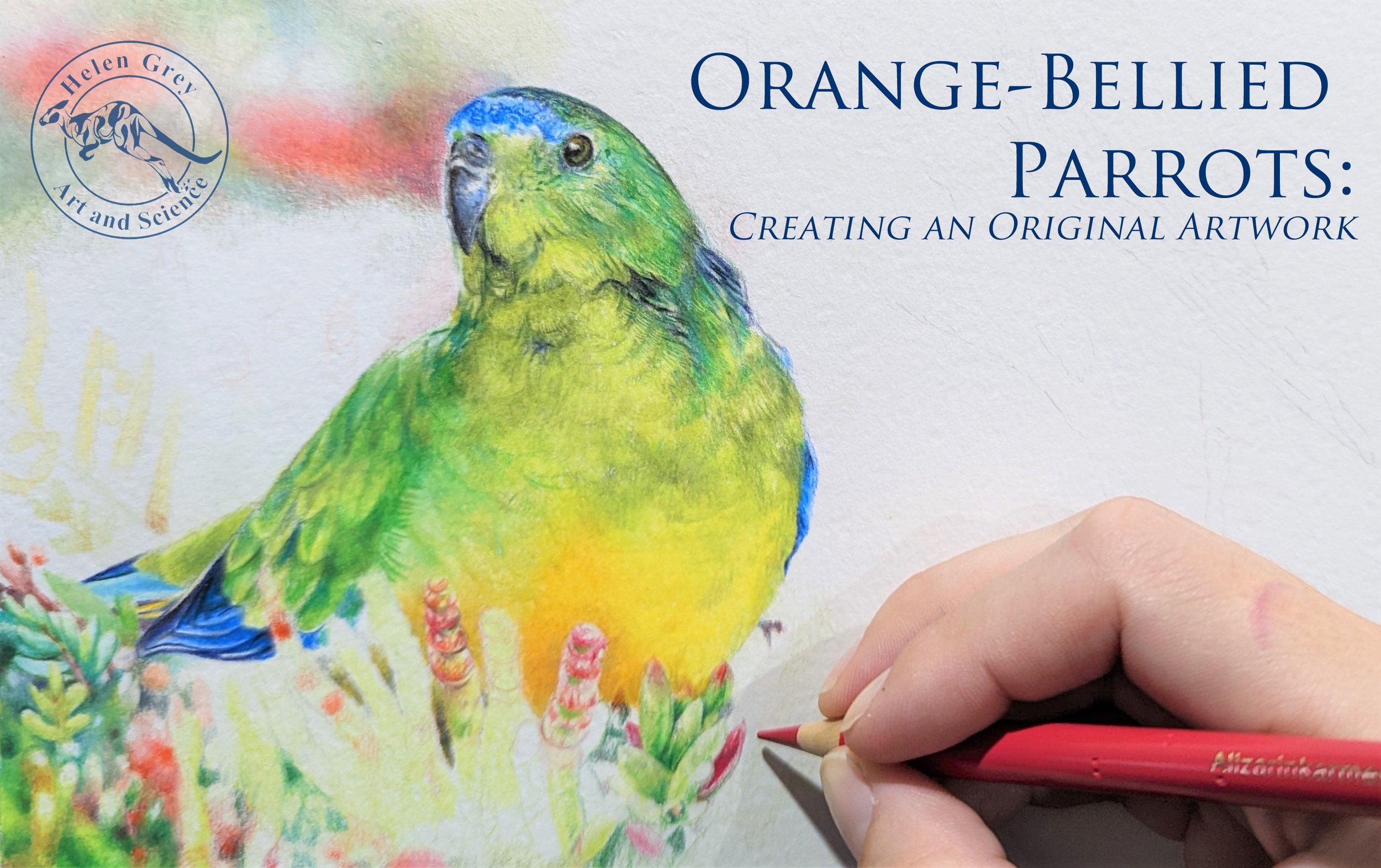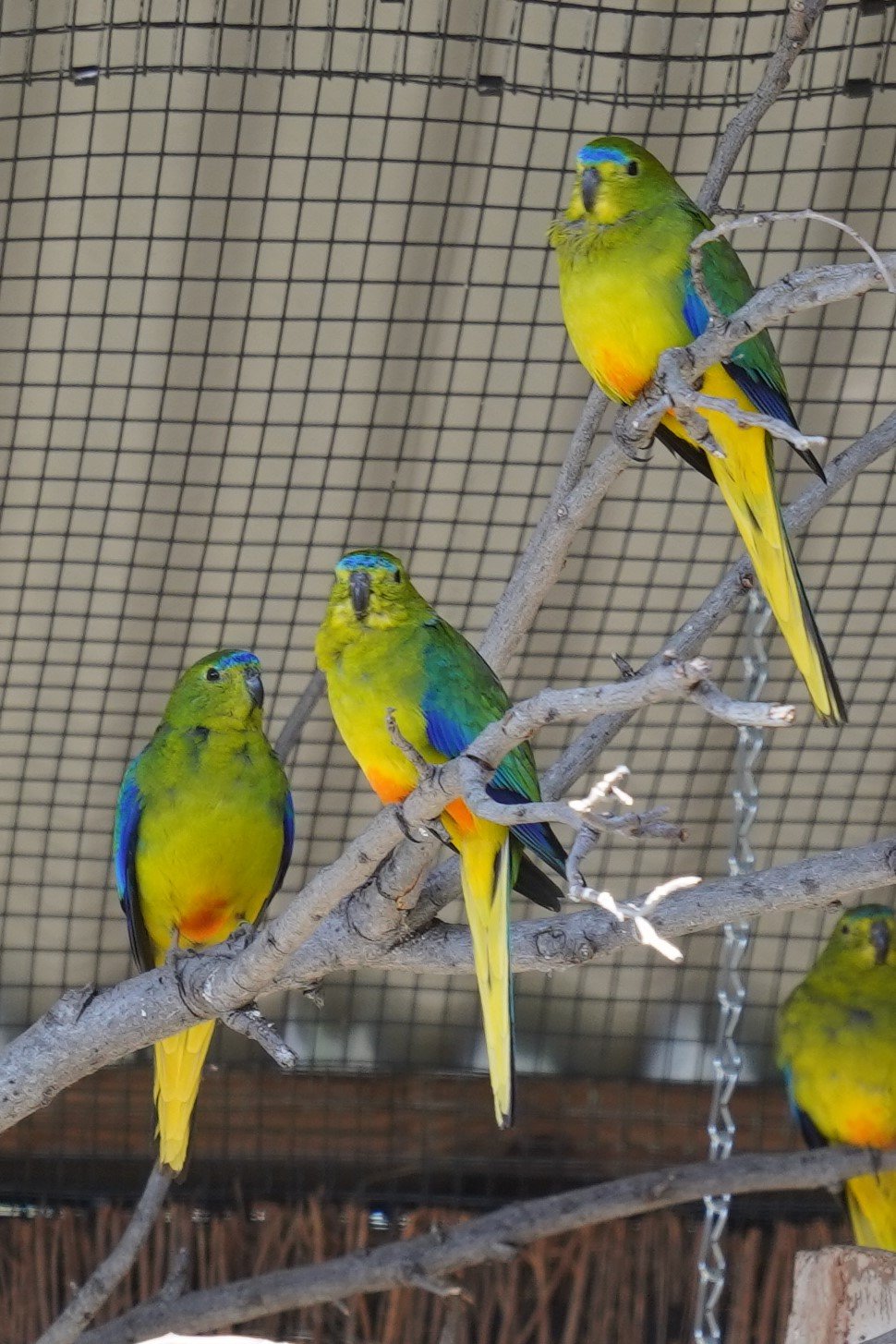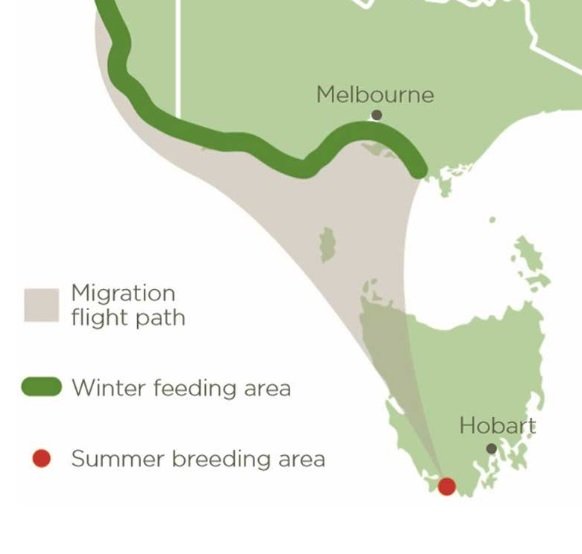Orange-Bellied Parrots: Creating an Original Artwork
I’ll start by saying that there is more than one way to begin and create an artwork, even for me.
However for now, I’ll be speaking about my Orange-bellied parrots portrait in particular.
A work-in-progress photo of Helen Grey’s “Orange-Bellied Parrots” wildlife portrait. Image shows a portion of the artist’s hand holding a coloured pencil, with the title: “Orange-Bellied Parrots: Creating an Original Artwork.”
About the artwork
A framed portrait of a pair of orange-bellied parrots by artist Helen Grey, 2022.
www.helengreyartandscience.com.au
This artwork titled “Orange-bellied parrots,” was drawn in 2022 using a variety of coloured pencils on cold pressed cotton card. In particular:
Medium:
Caran D’Ache Luminance pencils (a lot)
Faber Castell Polychromo pencils (a lot)
Prismacolor Premier pencils (some)
Derwent Lightfast pencils (a few)
Surface:
Cold pressed cotton rag by Art Spectrum
A video showing a variety of professional coloured pencils up close, as well as the started outline of the orange-bellied parrot drawing.
Photo References
To ensure as much realism and accuracy in my work as possible, I used a variety of photos taken of the conservation breeding population at Moonlit Sanctuary, Victoria. I wish to note: I am not sponsored, affiliated nor endorsed by Moonlit in any way; I simply have a great respect for their programs and what they do for wildlife education and conservation.
To create an artwork like this, it begins with a number of sketches. But first, to get inspiration, I looked at the poses already in some of the birds in the photos I took at Moonlit. As you can see, the aviary is not a very flattering setting for this beautiful bird, and I wished to showcase its natural habitat.
Image: Helen Grey (c) Helen Grey Art and Science
To do this, I used Photoshop to cut-paste a number of the birds (and sometimes pieces of different ones!) together until I reached a composition I liked. This then became the composition used in the artwork. For the foreground and background, I chose to intentionally create a depth of field illusion. This gave two positive results in my opinion:
It created a sense of depth which I believe adds to the realism
It saved me a little for how much fiddly detail I would have to draw with all of that cluttered ground foliage.
All I then had to do was mimic the tones, colours and forms of the foliage in the foreground and background, and the viewer’s imagination could do the rest given what they could see in detail for the mid ground (I hope that makes sense!).
For the foliage, a lot was done ‘on the spot’ freehand and drawn in around the birds in a manner that made logical sense to me. I used a number of photos to refer back to so as to ensure I was keeping true to the form and colours of these plants. This was important, as they are iconic to the natural habitat of the orange-bellied parrot and even though I am familiar with these species (they grow in my area) I didn’t want to completely be resorting to memory. My aim was for them to at least be recognisable to any enthusiast or expert that is familiar with them. I do however apologise to any experts who see any errors in my rendition here, but they were fun to draw non-the-less and I think I did OK!
About the Animal - Orange-Bellied Parrots (Neophema chrysogaster)
Range
Orange-bellied parrots (OBPs) are a Critically Endangered species of small parrot found in Australia. They are migratory, with wild populations spending their summers at their breeding ranges in Melaleuca, south-west Tasmania.
Once the breeding season is over, OBPs migrate to their feeding grounds on the mainland in coastal habitats of South Australia and Victoria.
Image Source: Moonlit Sanctuary, url: https://moonlitsanctuary.com.au/orange-bellied-parrot/
They are primarily a ground-dwelling bird, as they spend a lot of their time foraging in the saltmarsh habitats of southern Victoria and South Australia.
Conservation and Breeding Programs
At Moonlit, they run what I would consider a successful breeding program of orange-bellied parrots. At the time I created this artwork, my research indicated that there were only 50 breeding pairs of orange-bellied parrots in the wild. Such a low number shows how important these captive breeding programs are to boost the gene pool of this Critically Endangered bird. Now, I can see from their results that there are apparently 70 breeding pairs which I think is an exciting success.
Between Victoria and Tasmania, there are a number of facilities working hard on the OBP breeding program:
Thankyou for reading!
As I learn more I am happy to continue updating this article. If you have any questions, feel free to write below while comments are switched on. Otherwise, you are also welcome to visit my social media pages below.
Want a copy for yourself of these beautiful birds? Limited Edition Prints are now available in my store.



